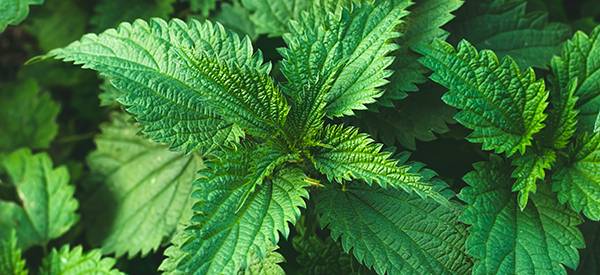
Nettle
Nettle (Urtica dioica), or stinging nettle, is one of the dangerous plants you can’t touch in the wild. The leaves and stem of the nettle have many hollow stinging hairs that can inject formic acid into the skin. It can cause an itchy rash, burning, and stinging sensation that can last for up to 24 hours. But, notwithstanding the contact dermatitis, the plant is proven useful in many ways.
For centuries, the stinging nettle is used as herbal medicine for kidney and adrenal gland problems. Interestingly, it is also edible and used as a vegetable as it loses the stinging quality after cooking. In Dorset UK, there is even an eating competition called World Nettle Eating Championship where participants strip and eat raw nettle.
Generally, stinging nettle may cause skin lesions, but the plant is not toxic and may even use as a home remedy for various illnesses. It also has a valuable wildlife value serving as the breeding home for the larvae of many types of butterflies.
The medicinal value of the common nettle dates back many centuries. Its records were found from as far as 58 to 45 BCE when it was used by the troops of Julius Caesar. The stinging properties of the nettle help the guards keep awake all night. Stinging nettle also has a sturdy fiber that is spun into yarn. It paves the way for the nettle to become an important plant in the textile industry.
Where Stinging Nettle Is Found
The stinging nettle is native to Europe and grows abundantly in the northern regions. It is also plentiful in temperate Asia and western North America, but lesser in their southern portions. Yet the plant can grow nearly worldwide, especially in moist areas. Stinging nettle mostly lines up the streams, ditches mountain slopes, and woodland clearings. This invasive plant is considered a toxic weed as it can form a dense colony through its underground rhizomes. Stinging nettle is a reasonably useful plant that is either cultivated or grows in the wild in many places throughout the world.
Related: The Complete Map of Edible Plants: Find Out What You Have in Your Area! (Video)
How To Identify Stinging Nettle
The dense and visible stinging hairs that cover the leaves and stem of the nettle are its identifying characteristic. This herbaceous perennial has soft leaves and wiry stems and bears an abundant cluster of flowers.
- Leaves. Stinging nettle leaves are green, coarsely serrated, and covered with prickly stinging hair on the underside. It is ovate, or widest below the middle and broadly tapered at both ends. It has a simple arrangement and appears oppositely at each node.
 Flowers. The flowers of the stinging nettle are arranged in a dense cluster at the leaf axils and tip of the plant stem. These insignificant spikes are often green, brown, or white that only bear the pollen but without petals.
Flowers. The flowers of the stinging nettle are arranged in a dense cluster at the leaf axils and tip of the plant stem. These insignificant spikes are often green, brown, or white that only bear the pollen but without petals.- Roots. This invasive plant has stolon or lateral and yellow rhizomes. These rhizomes have an upper layer composed of young roots. The lower layers are thicker and more fibrous.
- Seeds. The seeds of the stinging nettle are enclosed in the fruit stalk that developed from its flowers. Male stinging nettles do not carry the seeds, the female does. Male nettles are often upright and with a less dense flower that contains pollen. It pollinates the female through the wind and produces tiny green seeds that will turn brown as it matures.
- Stem. Stinging nettle stems can grow up to 50 to 300 cm tall. These stems are square, wiry, and also covered with stinging hairs. The hairs are pressed flat against the stem and distributed evenly throughout the stem.
The nettle has a confusing taxonomy with many varieties and subspecies. Urtica dioica is the accepted scientific name for stinging nettle. There are also six recognized subspecies such as:
- dioica subsp. Dioica or European stinging nettle
- dioica subsp. galeopsifolia or stingless nettle
- dioica subsp. Afghanica from southwestern and central Asia
- dioica subsp. gansuensis from China
- dioica subsp. gracilis or American stinging nettle
- dioica subsp. holosericea or hoary stinging nettle
Related: Plant Identification Guide – 400 Wild Plants That You Can Forage For (Video)
How To Grow Stinging Nettle
Stinging nettle cultivation may need stringent management as the plant can become noxiously invasive once established. You should also keep this in the part of the garden away from the path of constant traffic. Keep the stinging nettle away from the access of your house pets and children. But if you want to use it to drive away deer, nettle is a good enough plant.
Nettles can propagate from seeds, or vegetatively through their stem cuttings and underground rhizomes. Vegetative propagation is the fastest way of regrowing the plant if you have an existing nettle.
Growing Nettle from Seeds
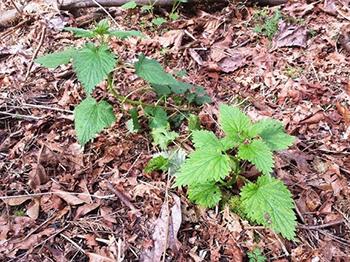 When propagating nettle from seeds, start them about four weeks before the last frost. Stratifying the seeds is an option, but not necessary. Nettles are hardy and with the right condition, they can spread quickly.
When propagating nettle from seeds, start them about four weeks before the last frost. Stratifying the seeds is an option, but not necessary. Nettles are hardy and with the right condition, they can spread quickly.
If sowing outdoors directly, select your area for planting carefully. Tamp the seeds in rich and moist soil and cover them lightly. Keep the soil moist until the nettle seeds germinate after about 14 days. You may thin the seedlings if you want and plant them in rows at least 1 inch apart.
When planting nettle indoors, sow the seeds in a rich and moist potting mix. Cover them lightly and allow them to germinate before transplanting in early spring.
Growing Nettle from Cuttings
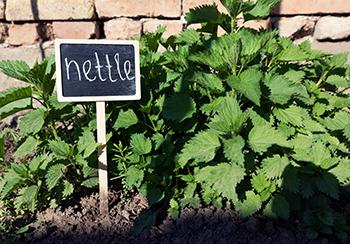
You can find nettle growing in moist and marshy areas where you can take a stem cutting or rhizomes. Find a fresh and healthy growth and prune the stem about six inches from the top and below a node. Strip the leaves off the cutting, leaving a few of them on the top portion.
Place the cutting in a glass of water or a nursery pot with potting soil. Put them in a sunny window and water the pot or change the water if using glass. When the roots begin to form in about four weeks, transplant them into larger pots.
Related: I Stopped Spending Money At The Pharmacy By Growing These 10 Plants (Video)
Nettle Plant Care and Maintenance
Nettles thrive fairly well in these conditions:
- Rich and moist soil with pH levels ranging from 5.5 to 8.5
- Plenty of moisture or irrigation during summer
- Full sun to partial shade
- Nitrogen fertilizer
- Away from other herbs
Related: 10 Plants That You Should Never Plant Together (Video)
How To Harvest Nettle
You can harvest nettle some 80 to 90 days after planting and the plant is under a foot high. The best time for harvesting the nettle is in the early spring.
 But before diving into the harvest, make sure to arm yourself with the right clothing. Wear layers of clothing and a thick glove to avoid the nettle sting. Sharp scissors or garden shears are also important tools for evading their fine hairs.
But before diving into the harvest, make sure to arm yourself with the right clothing. Wear layers of clothing and a thick glove to avoid the nettle sting. Sharp scissors or garden shears are also important tools for evading their fine hairs.
When planning to consume nettle as vegetables, pick only the tenderest top part with the youngest leaves. Do this before the nettle’s flowering stage in spring or early summer.
If you are collecting seeds, wait for the dry days before harvesting. Green or immature seeds are ideal if you want to use them fresh. But if you intend to store the seeds, wait until the seeds turn brown and already break loose.
Gather all the nettle seeds, dry them thoroughly, and pack them in airtight containers. You may dry them in the oven at the lowest setting, leaving the door slightly ajar. It is to dry all the moisture that can spoil the nettle seeds.
What Nettle Is Good For And Natural Remedies Made From It
Stinging nettle may be a bit harsh on the skin but it carries many health and medicinal value. It has an alternative action that works best against adrenal glands problems. Nettle also has a diuretic property for treating enlarged prostate and low urinary flow.
Despite its stinging effect, nettle has an antihistaminic property that can alleviate symptoms of allergy like hives and hay fever.
Related: My Seven Favorite Herbs for the Allergy Season (and Asthma Too!) (Learn more)
It is also used for treating internal bleeding like uterine and bowel bleeding. Nettle may also help reduce internal inflammation and swelling. Externally, it is a good herbal remedy for wounds, burns, and other skin problems.
Nettle is also a blood tonic and is often used as a blood purification herb. It can detoxify the blood and promote proper blood circulation, thereby, treating various cardiovascular diseases. It may even improve anemia and relieve tiredness.
People suffering from respiratory and some digestive problems may also find a cure in nettle. In summary, stinging nettle may help alleviate symptoms of the following diseases:
- Alzheimer’s disease
 Internal bleeding
Internal bleeding- Allergies
- Adrenal gland issues
- Blood-related health conditions
- Joint and muscle pains
- Multiple sclerosis
- Urinary problems and fluid retention
- Respiratory ailments (Cough, congestion, bronchitis, asthma, tuberculosis)
- Digestive issues (diarrhea, parasites)
- Wounds and skin irritations
- Mouth sores and plaques
- Baldness, hair fall, dandruff
What Parts Of The Nettle Is Used For Remedies
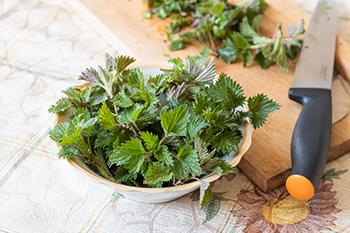 The leaves, roots, and seeds of the nettle are valuable parts of the plant used for various medicinal purposes. Nettle leaves contain vital minerals like magnesium, potassium, and iron. It also has flavonoids and other essential vitamins.
The leaves, roots, and seeds of the nettle are valuable parts of the plant used for various medicinal purposes. Nettle leaves contain vital minerals like magnesium, potassium, and iron. It also has flavonoids and other essential vitamins.
It is the part of the nettle that is often used for treating diseases and consumed in the form of tea, decoction, or infusion. Cooking nettle leaves will destroy the hairs that contain the irritating chemicals making them safe for eating.
Nettle roots also contain an anti-inflammatory property for reducing skin irritations. It contains phenols that can alleviate both internal and external irritations. The roots of the nettle are the part of the plant used for treating prostate enlargement.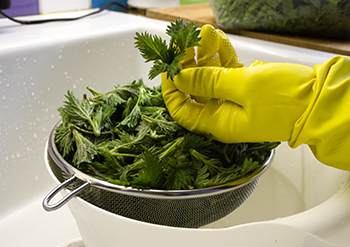
Aside from the leaves, the seeds of the nettle are also used for culinary purposes. Young and fresh nettle seeds are nutty and spicy, which blend well in soups and sauces.
Mature nettle seeds are the source of oil that is pressed, processed, and made available commercially.
The stinging nettle is also available in the form of freeze-dried leaves or dried leaves. They may also come as root tincture, cream, ointment, tablet, or capsule.
Seasonal Allergy Stinging Nettle Tea
Ingredients:
- 1 tsp dried nettle leaf
- One cup of boiling water
Steps:
- Put the dried nettle leaf in the teabag. Or you may directly put it into the cup for straining later.

- Pour one cup of boiling water and allow the nettle tea to steep for about 10 minutes.

- Remove teabag. If not using a teabag, strain the leaves and enjoy the tea for calming your seasonal allergy.

How to Use this Remedy:
You may drink one cup of nettle tea three cups a day. It helps in alleviating seasonal allergies, arthritis, and other diseases the nettle can cure.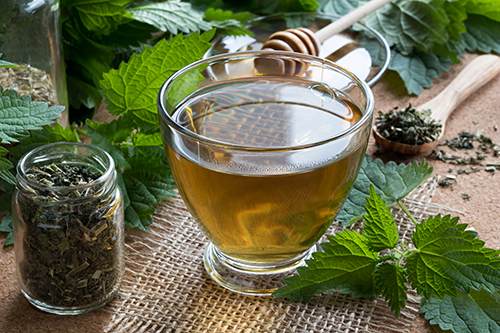
The dosage of nettle supplements depends on the condition, age, and health of the user. Before using nettle products, always consult your doctor for medical advice.
Interested in giving nettle a try? An easy-to-use tincture is also available in the apothecary!
What Plants Resemble Nettle
| Feature | Stinging Nettle (Urtica dioica) | Clearweed (Pilea pumila) | Wood Nettle (Laportea canadensis) |
|---|---|---|---|
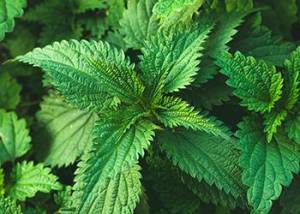 |
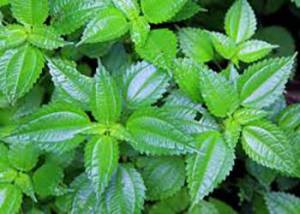 |
 | |
| Size | 50 to 300 cm tall | 0.7 to 70 cm tall | 60 to 120 cm |
| Leaves | Green; ovate; opposite; coarsely serrated; with fine, prickly hairs | Green; opposite; ovate; serrated | Dark green; alternate; ovate; serrated; with prickly hairs |
| Flowers | In a dense cluster of panicles; no petals; green/brown/white; insignificant | Small; greenish-yellow; unisexual; no petals | Green/white; insignificant; with petals |
| Stem/Trunk | Square; wiry; with prickly hairs; herbaceous | Bright green; translucent | Green; erect; with both stinging and non-stinging hairs |
| Scent | Faintly herbaceous smell | No scent | Not much smell |
Nettle Tincture
You can find a video recipe on our Youtube channel:
Warnings And Cautions
Nettle is not recommended for use in pregnant and nursing women as there are no established studies to prove its safety.
People who are allergic to nettle or any of its family should also avoid using this herbal remedy.
Elderly people, especially those taking medications, should not use the stinging nettle. The plant can interact with medications that can lower blood pressure to a potentially dangerous level. Nettle may also affect blood sugar levels and is not safe for people with blood sugar problems.
Generally, stinging nettle may interact with medications like blood-thinning drugs, diuretics, blood pressure, and anti-inflammatory drugs. It may also affect the performance of alpha-blockers, finasteride, and other herbs and supplements.
The stinging nettle supplements are not FDA-regulated. Before using these products, talk to your doctor to discuss their potential side effect.
You may also like:
25 Medicinal Plants You Can Forage Right Now






 Flowers. The flowers of the stinging nettle are arranged in a dense cluster at the leaf axils and tip of the plant stem. These insignificant spikes are often green, brown, or white that only bear the pollen but without petals.
Flowers. The flowers of the stinging nettle are arranged in a dense cluster at the leaf axils and tip of the plant stem. These insignificant spikes are often green, brown, or white that only bear the pollen but without petals.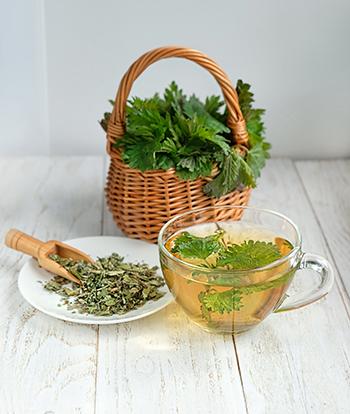 Internal bleeding
Internal bleeding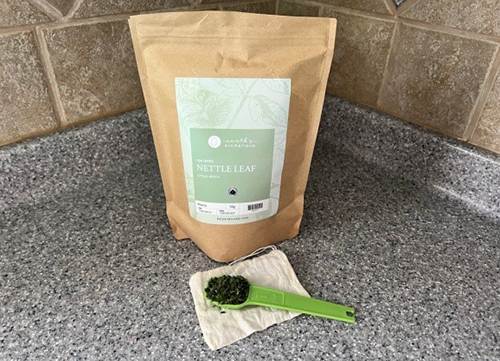
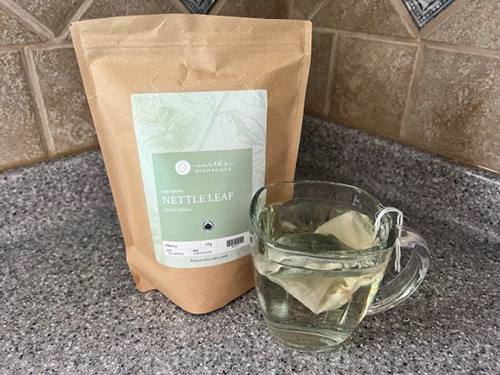
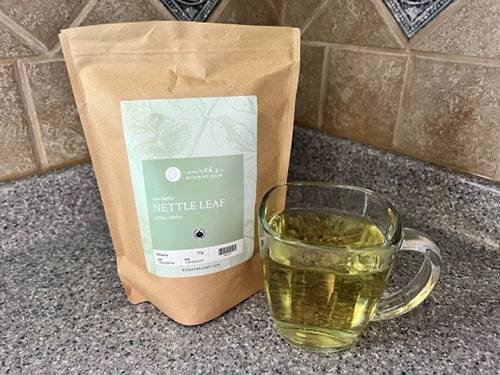
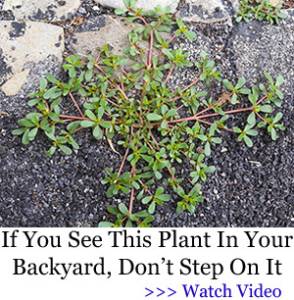
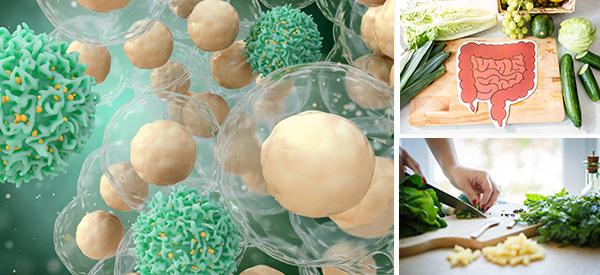
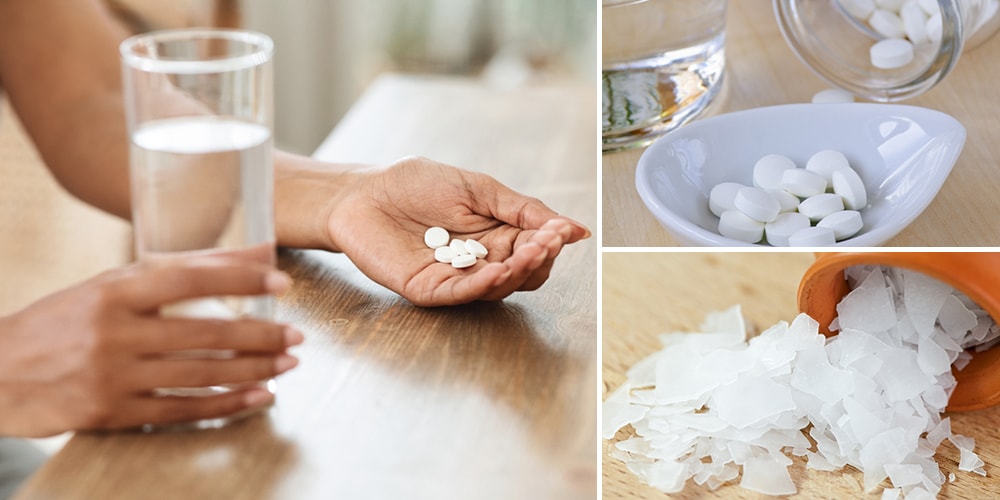
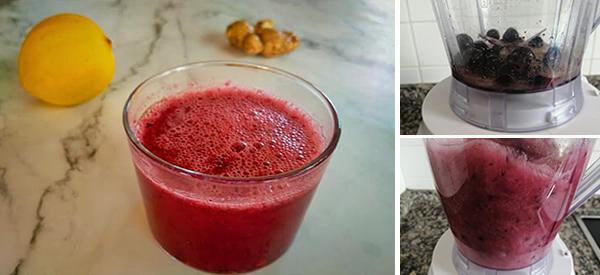
Stinging Nettle is one of my favorite wild edibles! It makes the best soup I’ve ever had! I also make a salve out of it and combine it with Yarrow and it really helps with joint pain!
Can you please give the recepy for the joint pain salve?
Pain salve is equal parts infused nettle oil and infused yarrow oil. I usually let them infuse for several months. The I add equal parts of each oil, in a double boiler and add beeswax and Shea butter to the consistency I desire. If you want exact measurements let me know . If you want to try dandelion salve for pain it works awesome too
Please send me your salve recipe
Wow! Linda, What’s your recipe with ratios?? Lol…my Husband wants me to Make Some! Seriously! I grow Both!
For the soup? Or the salve? Salve is made with infused nettle oil and yarrow infused oil. I usually let them infuse for several months. Then I use equal parts and add beeswax and Shea butter to the consistency I like . Soup is made with potatoes, garlic and onion cooked in chicken broth until potatoes are tender. Then add fresh nettles, about 8 cups and only cook them until wilted. Then purée with blender! Enjoy! If it’s a pain salve you want to make, dandelion salve is my favorite!
“Exact measurements” would probably help,…new to this. Nox sure of ratio of oils to butters/beeswax. Like the idea of Dandelion salve too! Recipe for that ?!
When I make salve I use 12oz of infused oil, 2oz Shea butter and 2oz beeswax. So that’s 3:1 oil to solids. I use sweet almond oil to infuse my herbs. If you’d like it thinner or thicker you can always re-melt and add to adjust consistency.
Thanks Kerry !!!!
I would love your Dandelion salve recipe please
Hello, I have been blessed with a plant that came with a purchased tomato plant. My container garden has been taken over by the regrowth. I love the Nettle Tea and pick, dry and store it for the year. I hope to learn to make the ointment next.
Loved your article.
Are there any specific insects or animals that feast on Nettles?
Radar found the answer to his question on a link on this site: How to Cook with Nettles, referred to insects and birds. Thank you.
Lots of gorgeous butterflies feed on nettles. Every garden should have a patch. These butterflies do not eat other crops. I regularly water mine with home made compost heap activator.
When we had goats they loved eating the young nettles.
How can nettle help with hair growth? In what form would it be taken? Thanks
I make nettle hair growth serum. I infuse the nettle in avocado oil for a few months then I add rosemary essential oil and peppermint essential oil. Both are effective for hair growth. Apply to roots often
I make nettle tea and use it as a final rinse on my hair to help keep the color of my hair. It is not like dye. My family all turned gray in their 30’s. I will be 65 this year and I have some gray, but still a lot of blond/brown color. I wash my hair twice a week, put on conditioner – rinse – and then pour the tea over my hair and leave it on. I think it helps keep the color in my hair. My hair is very long – down past my waist. I didn’t start using it until I started noticing some gray – about a year ago. I use it every time I shampoo.
Stinging Nettle is a God send plant so helpful in so many ways if handled correctly.. Good all-around, in-depth information!!!
We have lots of Canadian woodnettle (Laportea canadensis) on the property. I read it has very similar health benefits. Are you familiar with it?
This is excellent information! All the comments add to the excellent value of author’s article too. I have been using drops of a nettle tincture (purchased, so far, but hope to forage & harvest my own pictures, etc, in future). Thanks so much to the author for writing this, Dr, Apelian for including it on The Lost Herbs & all the commenters.